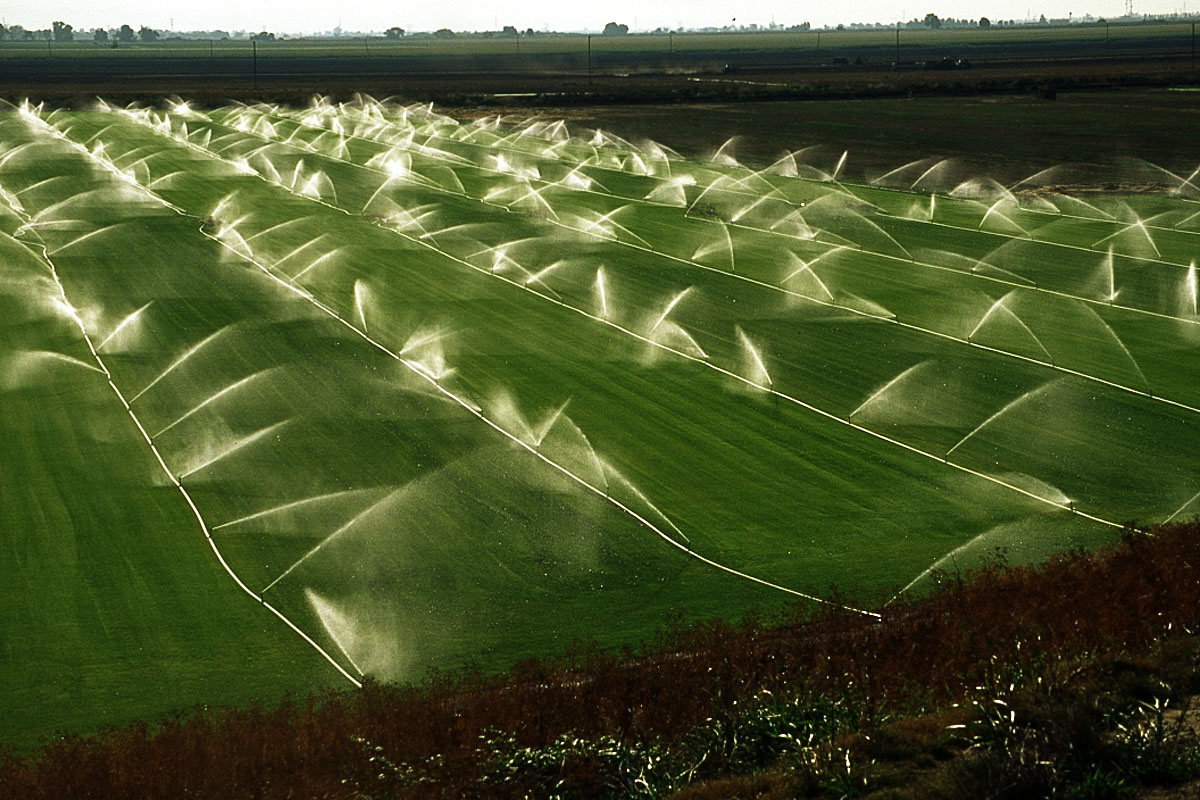
Among the endless debates about those factors that distinguish humans from the rest of the animal kingdom, systematic water use is often overlooked. Yet clever strategies for capturing, storing, transporting and disposing of waters have long been the key to the success of all but the tiniest of human settlements. So important are these strategies that we can trace a substantial part of the history of civilization in the sands of long-gone societies that once flourished through the vigorous exploitation of water resources. Many of these so-called ‘hydraulic civilizations’ flourished many centuries and even several millennia ago, with some of the best-documented examples being those of Angkor in Cambodia; the Indus Valley; Mesopotamia; the Roman Empire; and the empires of the Mayans and the Incas.
What all of these civilizations had in common is that they developed, and then became dependent upon, complex large-scale water management systems – predominantly dedicated to the intensification of food production by irrigation – which then collapsed. In some cases, the collapse occurred for political reasons, as societal breakdown led to a collective inability to maintain complex infrastructure; in other cases, the collapse was due to physical factors, such as climate change or the degradation of over-irrigated soils by progressive salinization. All of these factors continue to pose grave challenges to societies in the present day. Shrewd combinations of political and technological interventions will be needed if the 21st century is not going to add more examples of collapsed hydraulic civilizations to the ancient register. To understand what interventions we should make, we need to appreciate just how much water we use, for what purposes, and what scope there is for reuse.
An alphabet of water use
Discussions of water use often begin by considering how much water humans need for domestic purposes. This is a misleading place to start, however, as by far the bulk of water used around the world is not used in our homes, but on the land that produces the food we eat. The following alphabetical list summarizes the eight main categories of human use of water resources:
A = Agricultural, for irrigation, livestock watering and cleaning purposes
B = Business, especially large manufacturing businesses
C = Cooling, for large-scale thermally driven electricity generation plants (not only fossil-fuel powered plants, but also renewables such as concentrated solar power)
D = Domestic, of which about two-thirds is used for personal hygiene and laundry, a quarter for preparing and cooking food, and the remainder (less than a tenth) for drinking
E = Ecosystem services, which refers to the many benefits society derives from undeveloped natural waters, such as the purification and flood flow storage offered by wetlands
F = Fluvial, i.e. in-stream use of water for fishing, swimming, boating, etc.
G = Gardening and other non-farming outdoor uses
H = Hydropower generation, either run-of-river or using dams.
Now, as you are aware of all the water-saving techniques, start implying these tips and tricks in your day-to-day lives. You can also contact your water supplier at Northumbrian Water Contact Number to get a hold of more practical ideas to save water without affecting your budget.
Tim Scott
Latest posts by Tim Scott (see all)
- Data Science and Its’ World Changing Influence - May 30, 2017
- The Perceived Role of HRM in Creating a Successful Organization - February 1, 2017
- Things To Know About VAT In UK - November 18, 2016














